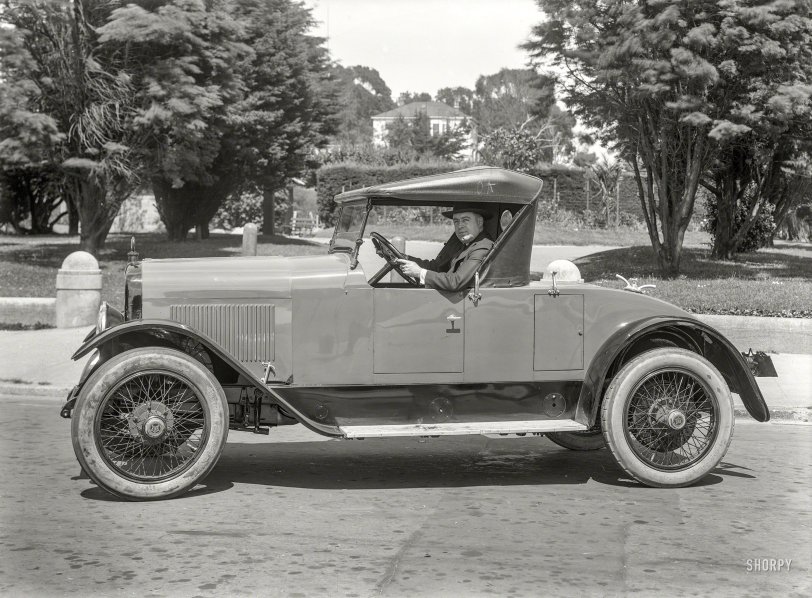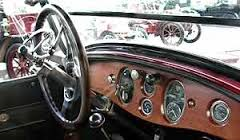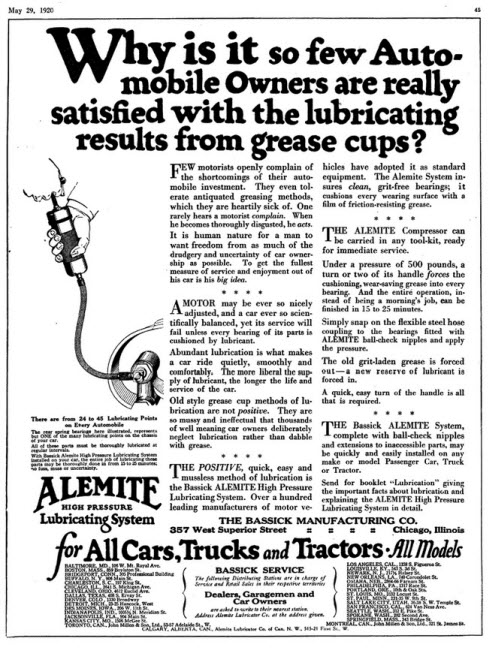


Framed or unframed, desk size to sofa size, printed by us in Arizona and Alabama since 2007. Explore now.
Shorpy is funded by you. Patreon contributors get an ad-free experience.
Learn more.

- Baldwin 62303
- Baldwin VO-1000
- Cold
- No expense spared
- Tough Guys
- Lost in Toyland
- And without gloves
- If I were a blindfolded time traveler
- Smoke Consumer Also Cooks
- Oh that stove!
- Possibly still there?
- What?!?
- $100 Reward
- Freeze Frame
- Texas Flyer wanted
- Just a Year Too Soon
- WWII -- Replacing men with women at the railroad crossing.
- Yes, Icing
- You kids drive me nuts!
- NOT An Easy Job
- I wonder
- Just add window boxes
- Icing Platform?
- Indiana Harbor Belt abides
- Freezing haze
- Corrections (for those who care)
- C&NW at Nelson
- Fallen Flags
- A dangerous job made worse
- Water Stop
Print Emporium
King Coupe: 1920

San Francisco circa 1920. "King Road-King. The spare wheel is carried in a sunken compartment in the rear." Latest exhibit in the Shorpy Gallery of Jinxed Jalopies. 5x7 glass negative by Christopher Helin. View full size.
Drivers of ample proportion need not worry!
Many autos of the time featured fold-away steering wheels, the so-called "fat man's" wheel. Though the clearance problem no longer exists in most passenger cars, the steering wheels of many single-seat race cars, such as those in Formula I, are completely removable for ingress and egress -- something to think about at 200 MPH on the Mulsanne Straight!

Access Ports
Cars in the early days of the automobile had many more areas that required lubrication. The lubrication chart of a 1927 Chevy, here, is pretty typical of the time. The number of access ports on the splash apron varied depending on the make and year of manufacture. On some cars you do not see any access ports at all.
The description of the 1920 King, here, in part states, "The entire chassis lubrication is taken car of by the Alemite lubrication system, by means of which grease is positively forced under 500 lb. pressure to all desired points." The Alemite connections used a spring-loaded ball at the end of the lubrication point to keep dirt out and grease in.
Since the invention of permanently sealed bearings in the 1920s the number of areas on a car that require routine greasing has substantially declined. Since 1929 the use of Zerk fittings for areas that still need lubrication has made this job much easier. The Alemite ad below is from the May 29, 1920 issue of Collier's.

Ready For 18 Holes
The side rear openings of 1920's cars often contained a storage compartment (especially when the rear lid opened to a rumble seat). Ads often showed sets of golf clubs being carried there.
Those access ports on the splash apron
Wonder what purpose they served? I've seen such portholes to access the front of the rear spring in order to lubricate it, but none of these in the photo are in the correct location.
Ahead
Spare wheel in a sunken compartment in the rear was well ahead of its time then.
Distressed ingress
It must have been difficult for a big guy like that to fit between the steering wheel and the end of the door.
























On Shorpy:
Today’s Top 5